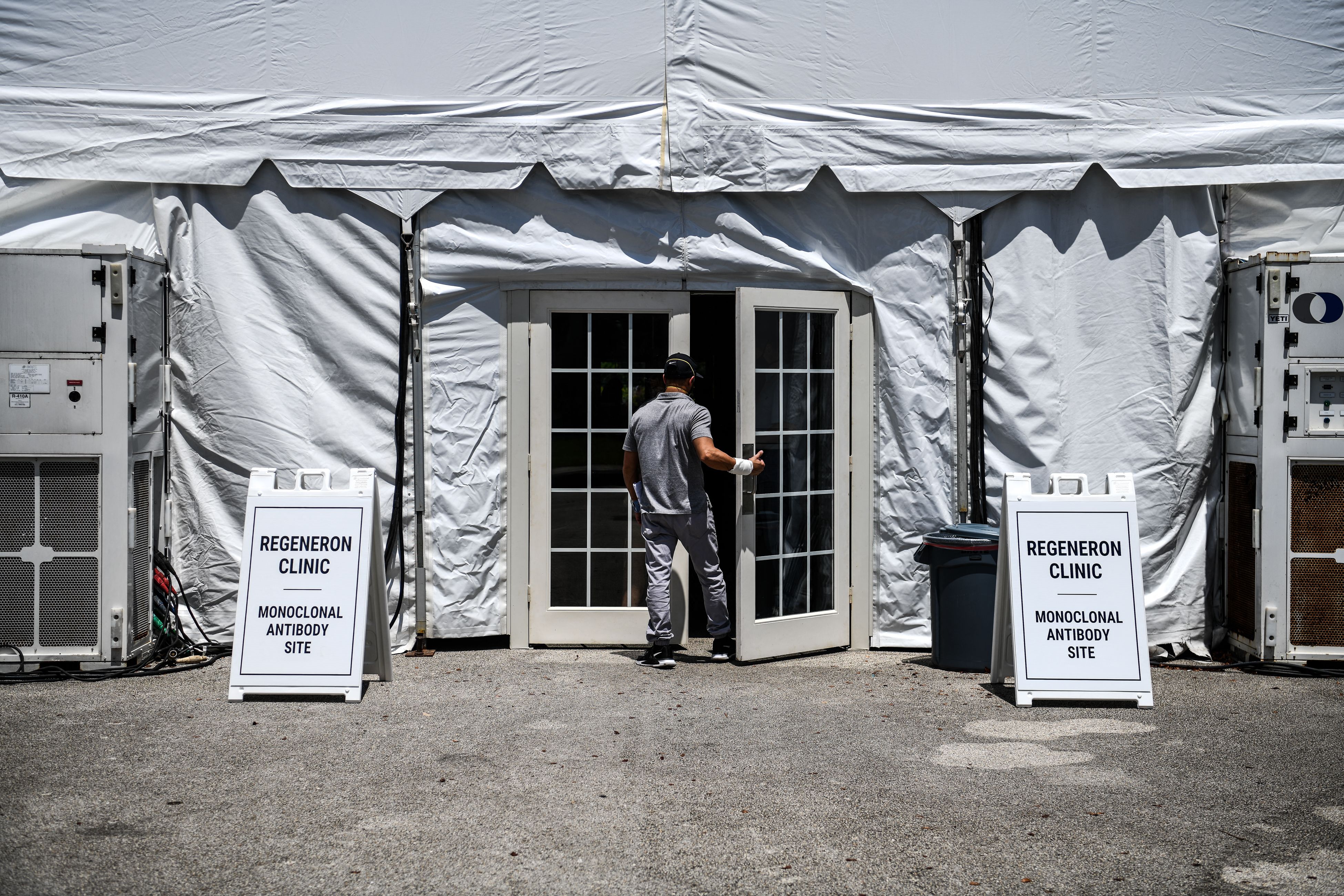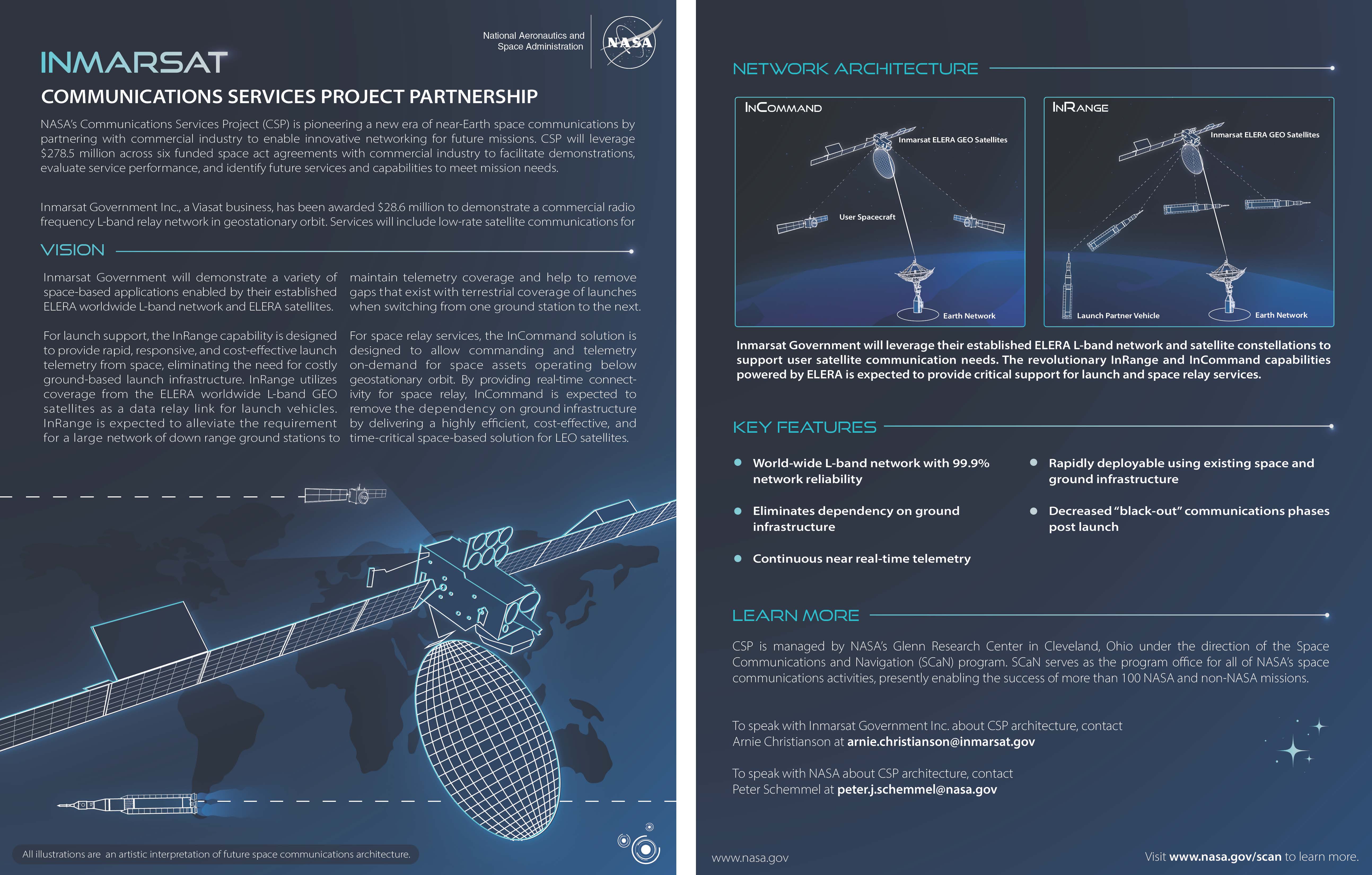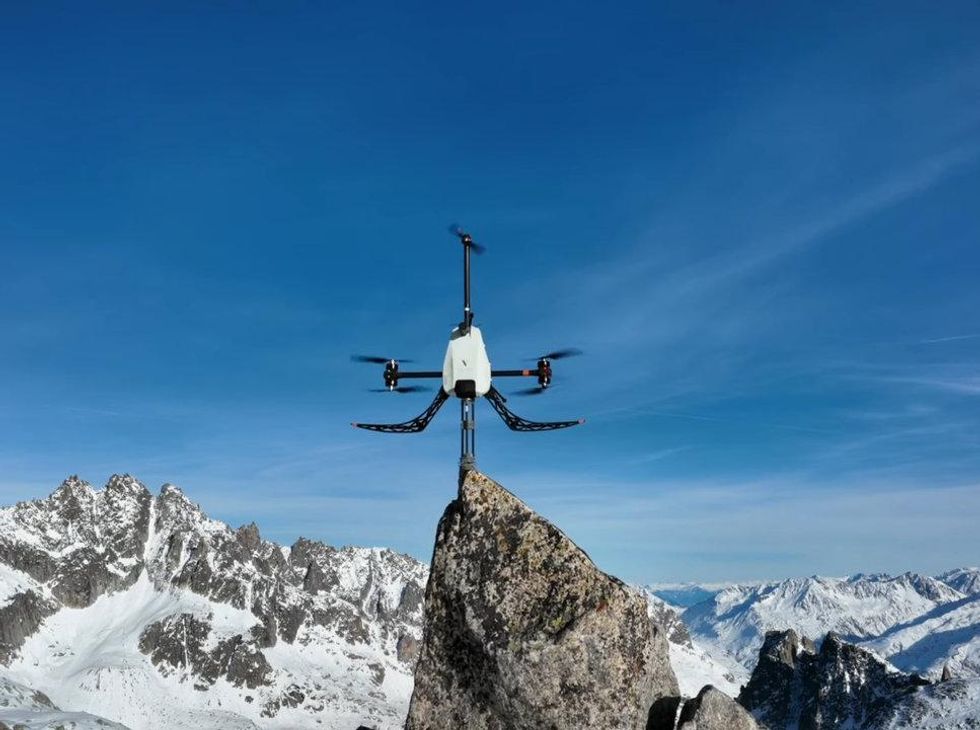
HELSINKI — Kazakhstan has signed a memorandum on cooperation on the China-led ILRS and will also explore commercial use of each other’s spaceports.
The agreement was signed during Chinese President Xi Jinping’s visit to Kazakhstan July 3, which saw the signing of 30 documents between the two sides. The development further bolsters China’s lunar exploration plans.
A joint statement issued by the Chinese Ministry of Foreign Affairs stated that the “two sides support exchanges and cooperation between the two countries’ aerospace agencies and enterprises in the peaceful use of outer space, promote mutually beneficial cooperation in the moon and deep space, and reception and exchange of remote sensing data.”
A memorandum on cooperation as part of the International Lunar Research Station (ILRS) was one of the 30 signed documents, according to the Interfax news agency.
The China National Space Administration (CNSA) has not issued its own statement on the development. It did not issue a statement following a similar development when Serbia signed up to the ILRS.
Notably, China’s MFA also stated that China and Kazakhstan would, “explore the possibility of commercial use of the two sides’ space launch sites.”
China is currently working to boost pad access for emerging commercial launch service providers. The Baikonur cosmodrome was set up by the Soviet Union in Kazakhstan. It is leased to Russia until 2050. The country also hosts the Sary Shagan Test Site. Kazakhstan shares a border with Xinjiang, in China’s west.
“Kazakhstan will need to diversify away from Russia if it wants to have a big future in space,” Bleddyn Bowen, an associate professor specializing in space policy and military uses of outer space at the University of Leicester, told SpaceNews.
Xi also gave a speech to a Shanghai Cooperation Organization+ Summit in Astana, Kazakhstan, July 4. “China welcomes all parties to use the Beidou satellite navigation system and participate in the construction of the International Lunar Research Station,” Xi said.
China’s ILRS plans
The China-led ILRS envisions constructing a permanent lunar base in the 2030s. This will be constructed using a super heavy-lift launcher. The ambitious project seeks to advance lunar exploration and the utilization of lunar resources. China also aims to send astronauts to the moon before 2030.
The plan is a parallel yet separate program to NASA’s Artemis Program, for which the U.S. is building partnerships. Both the U.S. and China are engaged in diplomatic efforts to attract countries, with the former attracting 42 other countries to sign the Artemis Accords, which set out principles to guide the exploration and use of outer space. The most recent was Armenia in June.
China has also stated it will establish the International Lunar Research Station Cooperation Organization (ILRSCO). The organization will coordinate and manage the construction of the ILRS moon base.
In late May, China signed an agreement with Bahrain covering lunar and deep space exploration. The ILRS was not explicitly mentioned. It will however collaborate with Egypt to jointly develop a hyperspectral imager for lunar surface material identification payload for Chang’e-7, a Chinese ILRS precursor mission. Notably, Bahrain signed up to the Artemis Accords in 2022.
Peru, another Artemis Accords signatory, is involved in the ILRS via its participation in the Asia-Pacific Space Cooperation Organization (APSCO). The inter-governmental organization is headquartered in Beijing and has signed an MoU regarding ILRS.
A Russian space official stated in April that Turkey had applied to join ILRS. China, which leads the moon project’s diplomatic efforts, has yet to comment officially on this.
Local reports from June state that China’s Deep Space Exploration Laboratory (DSEL) under CNSA signed an ILRS agreement with Supreme Deep Space (Pvt) Ltd. of Sri Lanka.
Kazakhstan becomes the 12th country to join the ILRS, following Serbia in May, and Nicaragua and Thailand in April. This list does not include Turkey.
China and Russia formally announced the joint ILRS project in St. Petersburg, Russia, in June 2021. Venezuela, Pakistan, Azerbaijan, Belarus, South Africa and Egypt signed up during 2023.China will launch precursor ILRS missions in the 2020s.
These include Chang’e-7 around 2026 and the later Chang’e-8 in-situ resource utilization technology test mission. Both multi-spacecraft missions will target the lunar south pole.
| LRS Signatory | Type |
|---|---|
| China | Country |
| Russia | Country |
| Belarus | Country |
| Pakistan | Country |
| Azerbaijan | Country |
| Venezuela | Country |
| South Africa | Country |
| Egypt | Country |
| Nicaragua | Country |
| Thailand | Country |
| Serbia | Country |
| Kazakhstan | Country |
| Asia-Pacific Space Cooperation Organization (APSCO) | Inter-governmental Organization |
| nanoSPACE AG (Switzerland) | Firm |
| International Lunar Observatory Association (ILOA, Hawaii) | Organization |
| National Astronomical Research Institute of Thailand (NARIT) | Institute |
| University of Sharjah (UAE) | University |
| Adriatic Aerospace Association (A3) (Croatia) | Organization |
| Asociación de Astronomía de Colombia (ASASAC) | Organization |
| Arabaev Kyrgyz State University (Kyrgyzstan) | University |
| PT Universal Satelit Indonesia (UniSat) | Firm |
| Kenya Advanced Institute of Science & Technology (KAIST) | Institute |
| Space science and Geospatial Institute (Ethiopia) | Institute |
| Arab Union for Astronomy and Space Sciences | Organization |
| Supreme Deep Space (Sri Lanka) | Firm |
Andrew Jones covers China’s space industry for SpaceNews. Andrew has previously lived in China and reported from major space conferences there. Based in Helsinki, Finland, he has written for National Geographic, New Scientist, Smithsonian Magazine, Sky…
More by Andrew Jones
Note: This article have been indexed to our site. We do not claim legitimacy, ownership or copyright of any of the content above. To see the article at original source Click Here














